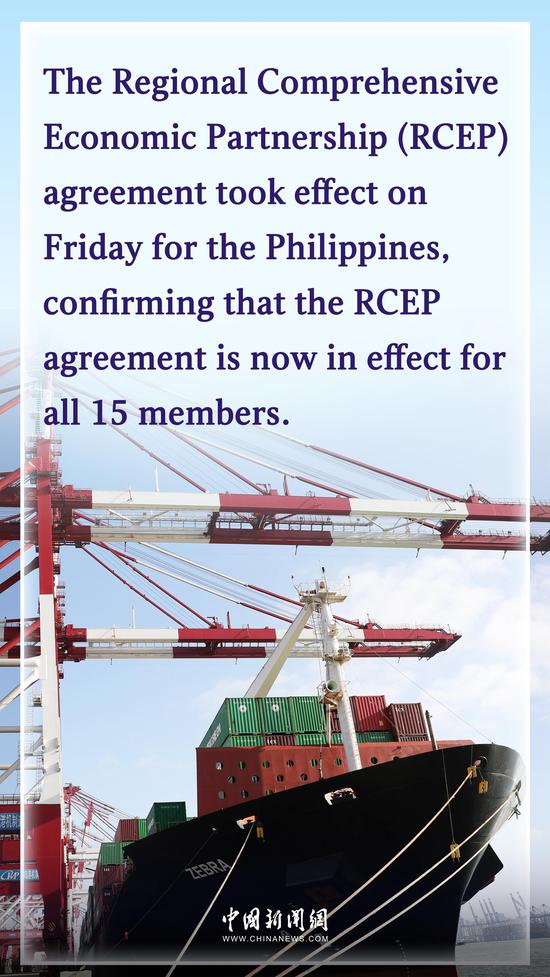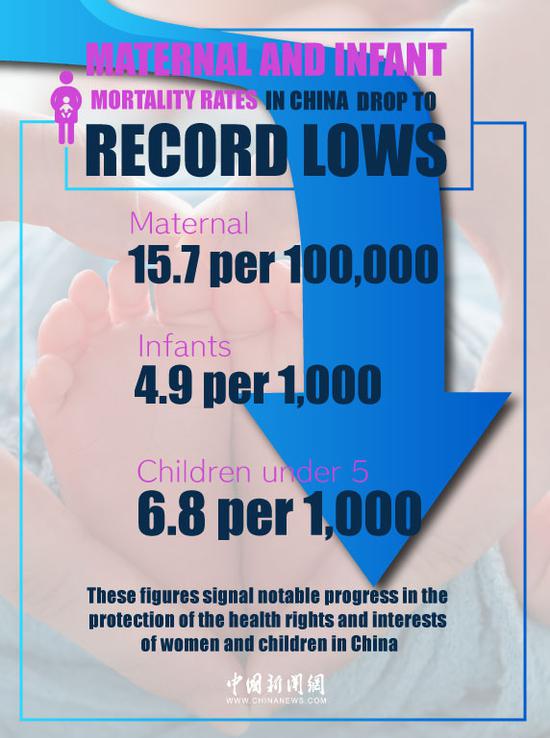
A cashier at a bank in Taiyuan, Shanxi province counts renminbi notes. (Photo/China News Service)
China's major State-owned banks have made adjustments to their renminbi deposit interest rates, as reported by Securities Times on Thursday.
Starting today, these banks - including Industrial and Commercial Bank of China, Agricultural Bank of China, China Construction Bank, Bank of China and Bank of Communications - have lowered their demand deposit rates from 0.25 percent to 0.2 percent.
For fixed-term deposit products, the interest rates for 3-month, 6-month, and one-year terms remain unchanged at 1.25 percent, 1.45 percent, and 1.65 percent respectively.
In regards to two-year deposits, the banks have reduced the rates by 10 basis points to 2.05 percent.
Additionally, after the adjustment, the lenders will pay 2.45 percent on three-year deposits and 2.5 percent on five-year deposits, down from 2.6 percent and 2.75 percent, respectively.
The slashing of the interest rates on renminbi deposits by major banks is expected to help ease the pressure caused by narrowing net interest margins, thereby promoting financial system stability.
It is also expected to lower funding costs for banks, contributing to the further decrease of the loan prime rate. This will benefit businesses and individuals by lowering their financing costs.
The move comes as a subsequent adjustment following last year's September rate cuts by some major State-owned, joint-stock and commercial banks in China.
In early 2023, there has been an increasing trend towards fixed-term deposits among businesses and individuals, said Wang Yifeng, chief analyst of the financial industry of Everbright Securities.
Such preference for fixed-term deposits has a more significant impact on top-tier banks due to their higher proportion of core liabilities, Wang said.
The banking system continues to face pressure from narrowing net interest margins and a further decline in the growth rate of net interest incomes.
To address these challenges, it is crucial for the banking system to strengthen control over liability costs, enhance risk resilience and stabilize the net interest income, he added.


















































 京公网安备 11010202009201号
京公网安备 11010202009201号